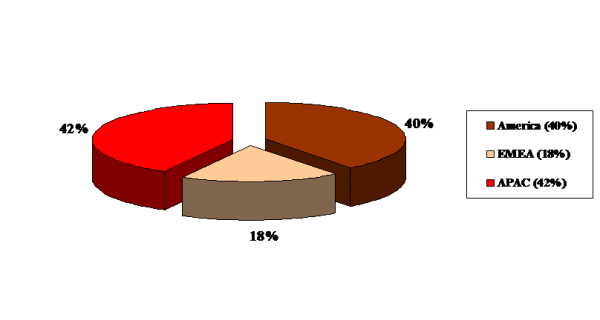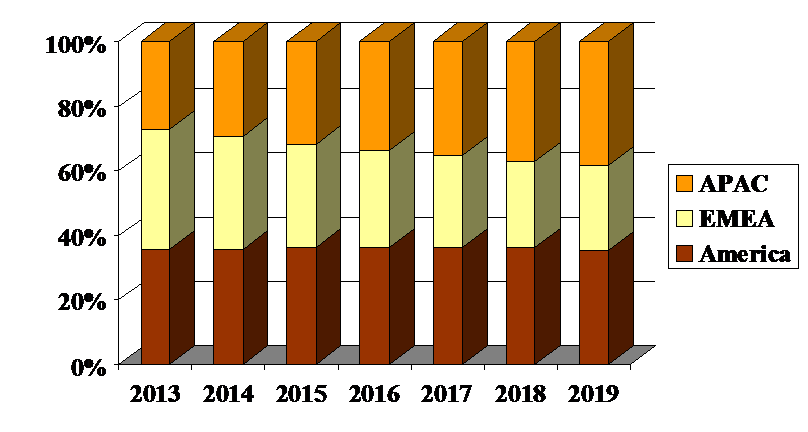Fiber optic collimator lens arrays are forecast with strong value-based growth rates of more than 45% per year (2013-2018)…
Aptos, CA (USA) – May 9, 2014 --ElectroniCast Consultants, a leading market research & technology forecast consultancy addressing the fiber optics communications industry, today announced the release of a new market forecastof the global market consumption and technology trends ofcommercial (non-military) fiber optic collimating lens assemblies, which are used in optical communication applications.
The market study covers single lens assemblies, 2-12 lens arrays, and arrays with more than 12 lenses. Both of the lens array categories are forecast with strong growth rates of more than 45% per year (2013-2018). Single lens fiber optic collimator assemblies hold the global market share lead in the selected optical communication applications covered in the ElectroniCast study.
“Collimator lenses (and lens assemblies) are used in a variety of photonic products; however this market study forecasts the use of micro-sized collimator lens assemblies, which are used specifically in optical communication components/devices. Fiber optic collimator lens assemblies serve as a key indicator of the growth of the fiber optic communication component industry,” said Stephen Montgomery, Director of the Fiber Optic Component group at the California-based consultancy.
ElectroniCast defines lens assemblies as lenses (one or more), which are attached to an optical fiber or fitted/attached into (or on) a planar waveguide/array substrates or other device(s) for the purpose of collimating light for optical fiber communication.
The global consumption of fiber optic collimator lens assemblies, which are used in commercial optical communication applications, reached $264.2 million last year in 2013 and is forecast to reach $298.4 million this year (2014), an increase of 12.9%. The American and APAC regions are forecast to remain relatively close together in relative consumption value market share. The Europe, Middle East and Africa regional segment (EMEA) is forecast with the fastest average annual growth rate during the forecast period. Market forecast data in the ElectroniCast report refers to consumption (use) for a particular calendar year; therefore, this data is not cumulative data.
Fiber optic collimator lens assemblies are widely used to covert a divergent output laser beam from a fiber or waveguide into an expanding beam of parallel light; therefore, they are used in a variety of optical communication components, such as: modulators, attenuators, transmitters, pump laser modules, switches/optical cross connects, wavelength selective switches, ROADMs, isolators, circulators, expanded-beam connector assemblies, optical filter modules, DWDM, tunable filters, optical sensors, optical signal processing, integrated/hybrid packaged modules, and other active and passive components and devices.
The Asia Pacific region is currently the leader in consumption value of the fiber optic collimator lens assembly market …
Fiber Optic Collimator Lens Assemblies
Global Market Share (%), By Region (Value Basis, Estimate - 2014)
DK Photonics – www.dkphotonics.com specializes in designing and manufacturing of high quality optical passive components mainly for telecommunication, fiber sensor and fiber laser applications,such as WDM, FWDM, CWDM, DWDM, OADM,Optical Circulator, Isolator, PM Circulator, PM Isolator, Fused Coupler, Fused WDM, Collimator, Optical Switch and Polarization Maintaining Components, Pump Combiner, High power isolator, Patch Cord and all kinds of connectors.



